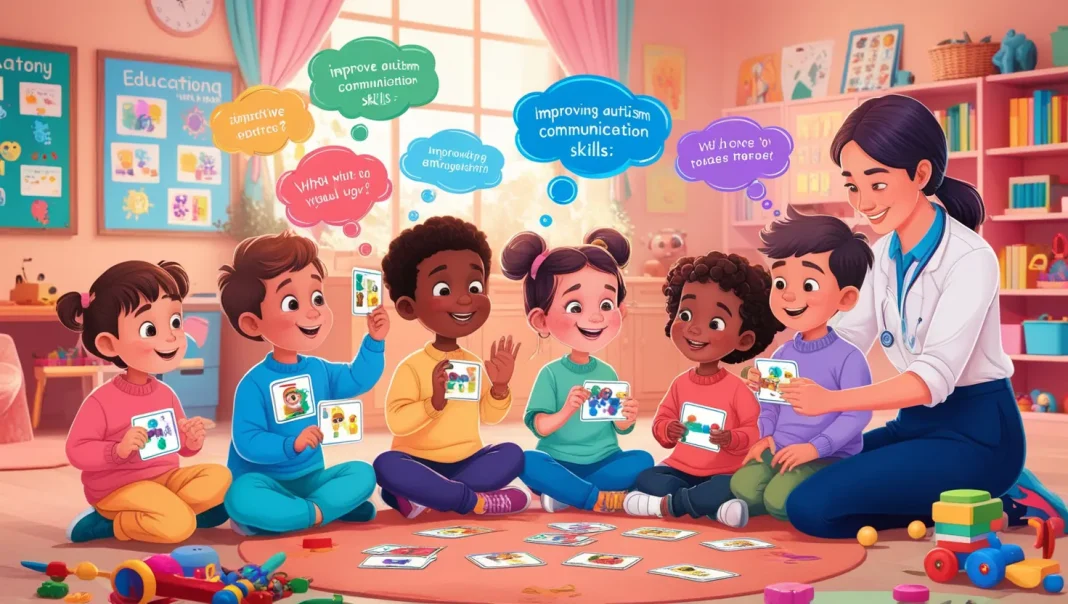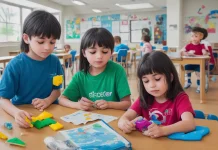Introduction
If you’re a parent or teacher working with kids on the autism spectrum, you know how important communication is. It’s not just about talking but connecting, expressing, and understanding. Let’s dive into how you can help kids with autism improve their communication skills in ways that are practical and compassionate.
Understanding Autism and Communication
What Are Communication Challenges in Autism?
Kids with autism often face challenges in communication. These can range from difficulty in understanding social cues to struggles with verbal and non-verbal expression. It’s like trying to tune into a radio station, but the signal is fuzzy.
Why Are Communication Skills Vital for Kids with Autism?
Communication skills open doors to forming relationships, expressing needs, and participating in the world. Without them, frustration and isolation can build. Think of these skills as a bridge connecting kids to the people and opportunities around them.
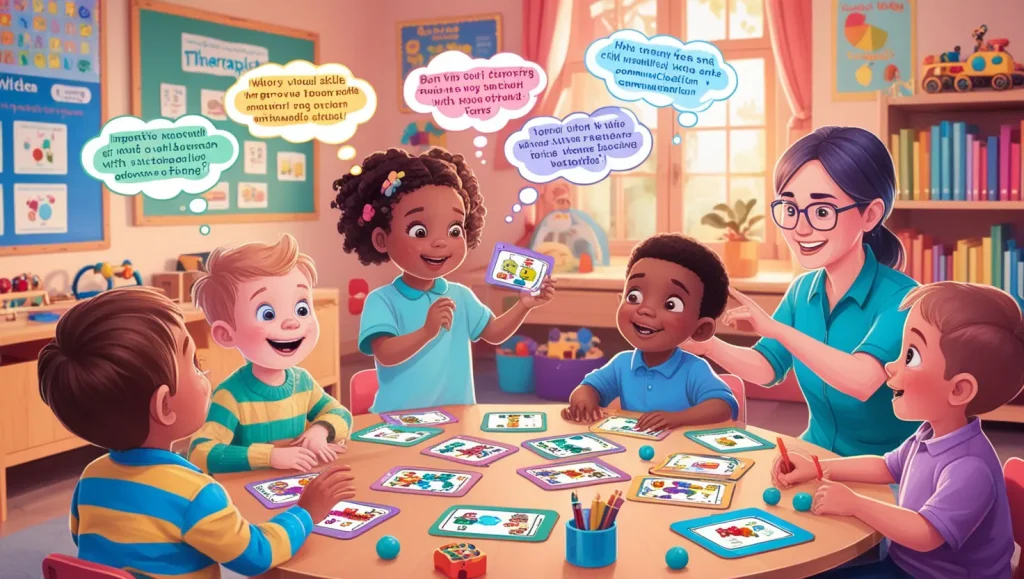
Early Signs of Communication Difficulties
Recognizing Non-Verbal Cues
Some kids with autism might not use words but rely heavily on gestures, facial expressions, or even specific behaviors to communicate. Paying attention to these signs can provide a window into their needs and emotions.
Importance of Early Intervention
Catching communication challenges early can make a world of difference. Early intervention programs are like planting seeds in fertile soil—they give kids the tools to grow and thrive.
Building a Supportive Environment
Creating a Safe Space
Kids need to feel safe to express themselves. Create an environment free of judgment and filled with encouragement. It’s like giving them the green light to try, fail, and try again.
Engaging with Empathy and Patience
Patience isn’t just a virtue—it’s a necessity. Meet kids where they are and celebrate small wins. Empathy can be your superpower in understanding their unique perspectives.
Strategies to Improve Communication Skills
Speech and Language Therapy
Speech and language therapy is often the cornerstone of improving communication.
How Does Therapy Help?
Therapy focuses on teaching kids how to use language effectively—be it verbal, non-verbal, or a combination. Therapists use tailored activities that can range from word games to structured social interactions.
Using Visual Aids and Tools
Visual aids like charts, flashcards, or picture boards can make abstract ideas more concrete. It’s like giving kids a roadmap to express themselves.
Social Stories for Better Interaction
Social stories are short, personalized narratives that explain social situations. They act like a rehearsal for real-life interactions, helping kids know what to expect.
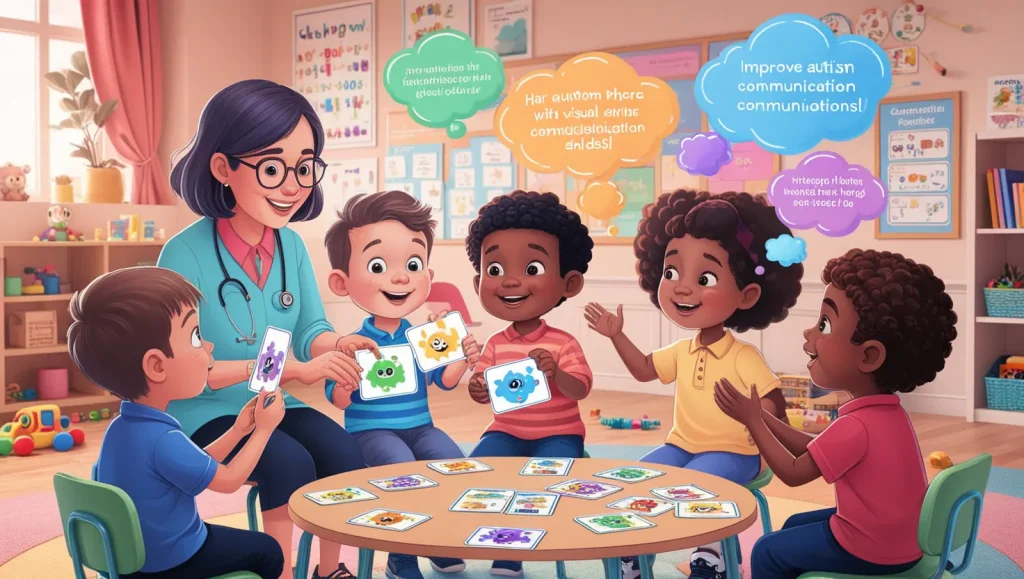
Role of Technology in Communication Development
Apps and Digital Tools for Kids with Autism
Today’s tech offers apps that teach language through interactive games and exercises. Think of them as digital playgrounds where kids can learn at their own pace.
Incorporating Assistive Communication Devices
Devices like speech-generating machines can be game-changers for non-verbal kids. They provide a voice to those who otherwise might struggle to express themselves.
The Power of Play in Language Development
Using Games to Enhance Interaction
Play is a natural teacher. Games that require turn-taking or storytelling can help kids practice communication in a low-pressure setting.
Role-Playing for Real-Life Scenarios
Role-playing activities, like pretending to order food at a restaurant, prepare kids for real-world interactions. It’s practice with a dash of fun.
Parental and Educator Involvement
Collaborating with Therapists
Parents and teachers should work hand-in-hand with therapists. Regular check-ins ensure consistency in strategies across home, school, and therapy sessions.
Encouraging Daily Practice
Practice doesn’t make perfect—it makes progress. Incorporate communication exercises into daily routines, like naming objects during a walk or describing feelings during bedtime stories.
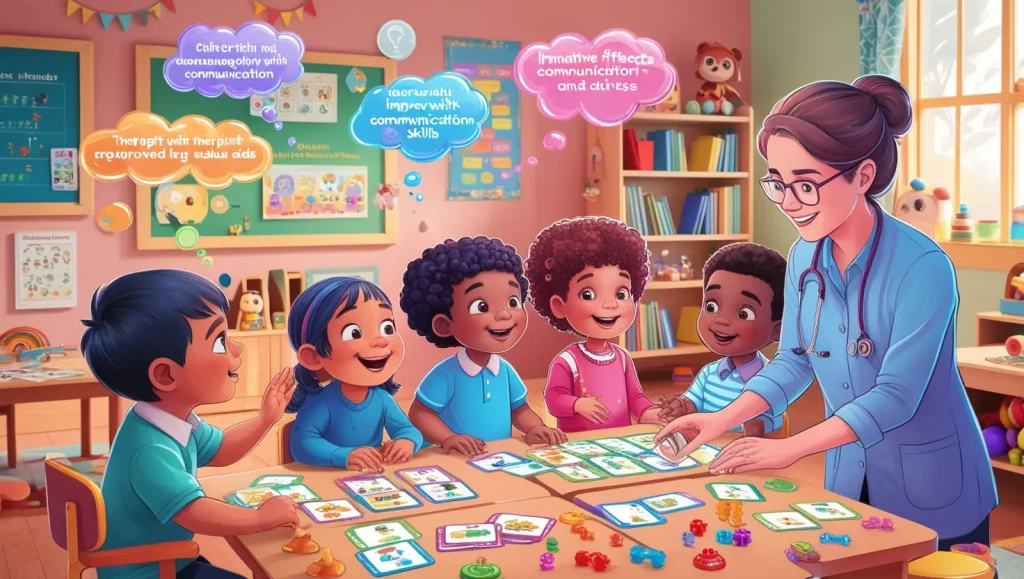
Celebrating Progress
Tracking Milestones
Keep a journal or chart to track small victories. Seeing progress, even in tiny steps, can be incredibly motivating for both kids and their support teams.
Staying Positive and Encouraging
Every effort a child makes deserves recognition. Positivity fuels confidence, and confidence fuels further attempts at communication.
Conclusion: Empowering Kids Through Communication
Discover effective strategies to improve kids’ autism communication skills. Learn practical tips, early intervention methods, and the role of technology to empower children with autism for better connections and meaningful interactions. Helping kids with autism develop communication skills isn’t just about teaching them words—it’s about opening doors to a fuller, richer life. With patience, creativity, and the right strategies, these kids can learn to connect in ways that matter most to them.
FAQs
- How early should I start working on communication skills with a child with autism?
Start as early as possible. Early intervention programs are highly effective in improving outcomes. - Are non-verbal children with autism able to communicate effectively?
Yes! Non-verbal children often use gestures, facial expressions, or assistive devices to communicate. - What are some good apps for kids with autism?
Apps like Proloquo2Go, Speech Blubs, and Avaz AAC are designed to support communication development. - Can regular playtime really help with communication skills?
Absolutely! Structured play encourages turn-taking, sharing, and verbal interaction in a fun way. - How can I stay motivated as a parent or teacher?
Celebrate small victories, stay connected with support groups, and remind yourself of the positive impact you’re making.

